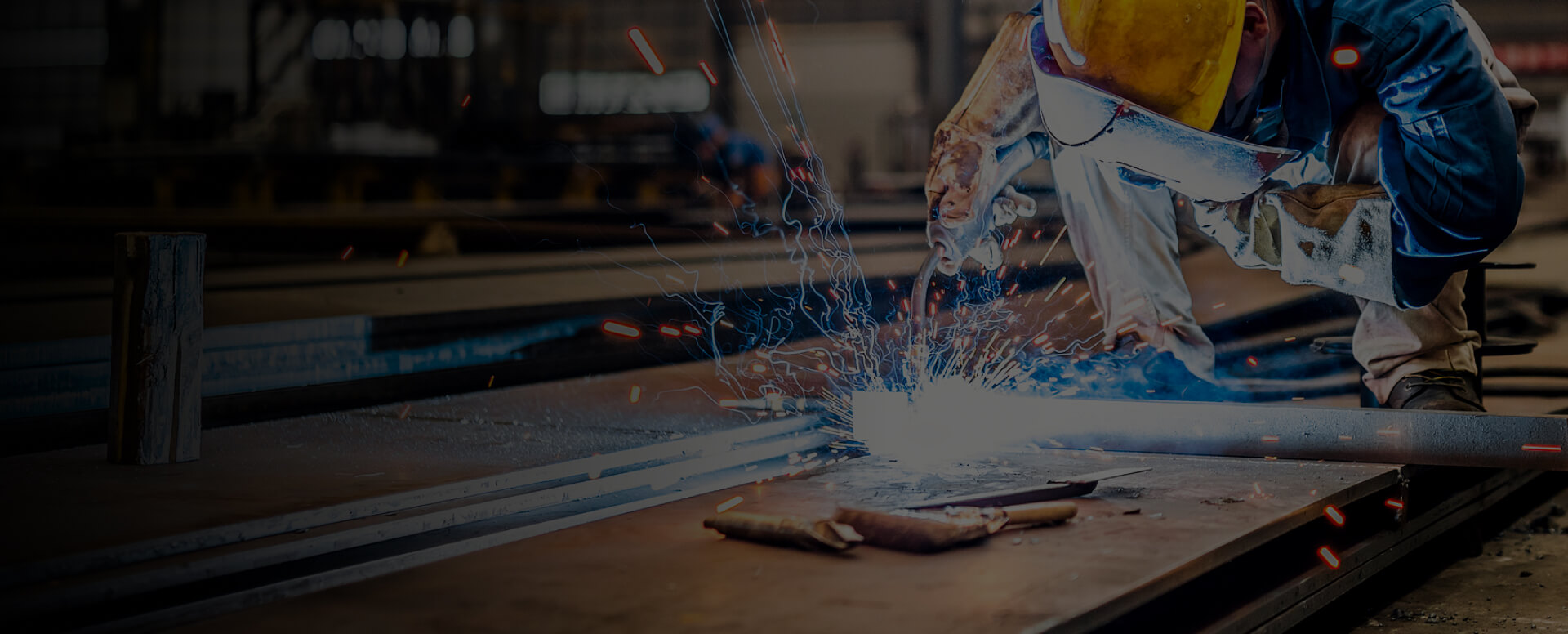
A precision wire feeder dedicated to controlling the filler metal. An independent, low-voltage power source specifically for preheating the filler wire. A sophisticated control system that synchronizes the TIG arc, wire feed speed, and the preheating current.
Substantially Increased Deposition Speed: This is the most significant benefit. Operators can achieve deposition rates 2 to 4 times higher than with cold wire TIG, drastically cutting welding time on thick sections and reducing labor costs. Maintained Superior Weld Quality: Because the TIG arc's energy remains focused on the base material while the wire is melted separately, the process retains all the desirable characteristics of TIG welding: low dilution, excellent mechanical properties in the weld, and minimal distortion. High Material Efficiency and Cleanliness: The process is characterized by minimal spatter and near-100% deposition efficiency, leading to excellent material usage and a cleaner working environment. Enhanced Weldability for Challenging Alloys: Preheating improves the fluidity of the filler metal, which enhances wetting and flow into the joint. This is particularly beneficial for welding materials like nickel-based alloys. Cost-Benefit Evaluation: When is the Investment Justified?
Higher Initial Capital Outlay: A complete Hot Wire TIG system (TIG power source, hot wire module, specialized feeder, controls) requires a significantly larger investment than a standard TIG setup. Increased System Complexity: Integration, setup, and fine-tuning of parameters demand a higher level of expertise from welding personnel. Technical Considerations: A known challenge is magnetic arc blow from the heating current. Modern systems effectively counter this by predominantly using Alternating Current (AC)for preheating, which neutralizes the magnetic field.
Fabrication of High-Value, Thick-Wall Components: This is the primary application for Hot Wire TIG. In critical industries like power generation (nuclear, thermal), offshore construction, and aerospace, where weld integrity is paramount and material thickness is significant, this technology is often indispensable. The savings in production time and the guarantee of maximum quality and safety provide a strong return on investment. Joining High-Performance and Sensitive Alloys: For materials such as duplex stainless steels, nickel alloys, and titanium, which are highly sensitive to heat input, Hot Wire TIG offers superior control. The ability to ensure correct metallurgical structure and corrosion resistance directly impacts the product's service life and reliability. Automated and Robotic Welding Applications: In automated production cells, the system's complexity is managed by the robot's controller. Hot Wire TIG significantly increases the throughput of a robotic cell, enabling high-integrity, high-volume manufacturing. The initial equipment cost can be effectively distributed over a large output of high-value parts, improving the cost-per-part.
Your primary work involves welding thick materials (typically >10mm) with strict quality requirements. You frequently work with high-performance alloys where weld properties are critical. You operate automated or robotic welding cells where maximizing throughput is a key objective.
Your work primarily involves thin-gauge materials. Initial cost is the primary driver, and ultimate weld quality is not the highest priority. Your operations consist of low-volume, high-mix, or general repair work.
Related Articles

What Are The Differences between Laser Cutting And Plasma Cutting?
Laser Cutting vs Plasma Cutting: Key Differences, Applications & Cost AnalysisLaser cutting and plasma cutting are two distinct industrial cutting processes that utilize different technologies. Laser cutting employs a focused light beam, while plasma cutting uses ionized gas to slice through materia

Metals Suitable for MIG Welding And Its Challenges
MIG welding, also known as Gas Metal Arc Welding (GMAW), is widely used across industrial and hobby applications due to its versatility and ability to join a variety of metals. However, some metals—including titanium alloys—pose challenges due to their reactive nature and other inherent properties.C

What Are The Key Challenges in Aluminum Alloy Welding?
Master the techniques to overcome difficulties in aluminum welding, including its refractory oxide film, hydrogen porosity, high thermal conductivity, and cracking tendencies, for achieving high-strength, quality welds.Introduction: Renowned for their exceptional strength-to-weight ratio and corrosi

Introduction To Plasma Cutting Torch
Components of a Plasma Cutter TorchA plasma cutting torch consists of several key parts, including the electrode, nozzle, swirl ring, shield, and electrical and gas supply components. Each plays a critical role in ensuring precise and efficient cutting.Core Components1. ElectrodeThe electrode serves

Can Plasma Cutting Be Done without Gas?
Plasma Cutting Gases: Types, Functions, and Cost AnalysisWhile plasma cutting can theoretically operate without gas, practical limitations, such as inefficiency and high initial costs, make gas-assisted systems the standard for industrial use. This guide examines the types of gases used in plasma cu

Can Plasma Cutting Be Done Underwater?
Underwater Plasma Cutting: Process, Safety, and ApplicationsYes, plasma cutting can be performed underwater with specialized equipment and strict safety protocols. This method offers unique advantages for specific industrial applications but requires careful planning and execution.How Underwater Pla

